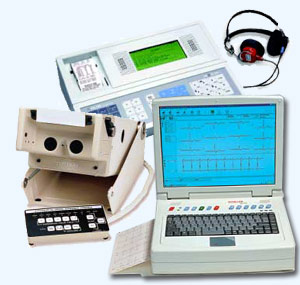Aoc Hrr 2nd Edition Test
If you have a color vision deficiency and are not able to pass the color vision testing in my office using a Titmus Color Vision Tester, there are some restrictions that will be included on your medical certificate. The restriction will read: ' NOT VALID FOR NIGHT FLYING OR BY COLOR SIGNAL CONTROL.' There is a procedure specified by the FAA (outlined below) that will remove this restriction The most common type of color blindness is Red-Green deficiency.
(v) Richmond Test, 2nd and 4th edition. (2) After January 1, 2017, applicants for an STCW endorsement must have correctable vision to at least 20/40 in both eyes and uncorrected vision of at least 20/200 in both eyes.
The color slide to the left should be easy to identify by everyone, including someone who has a color vision deficiency. This is a complex issue that is genetically determined. About 8% of males are Red-Green color deficient but only about 0.5% of females have Red-Green color vision deficiencies.

This occurs because the genes that determine one's color vision reside on the X-Chromosome, i.e. The trait is sex-linked. Males have only one X-Chromosome and females have two. For a female to exhibit color blindness she has to have two X-Chromosomes with the deficiency, whereas males only have one X-Chromosome. In females, if one X-Chromosome has the deficiency and the other doesn't, the female will not exhibit the trait, but will transmit the deficient color gene to half their offspring. A color blind female will transmit the deficient gene to all her offspring, so a male born to a color blind female will always be color blind, because the male's X-Chromosome comes from the mother and all of her X-Chromosomes have the defective gene. There are several different types of color vision deficiencies.
If you would like to learn more about this you can visit the website: which has extensive explanations and tests you may take to see what sort of deficiency you have. The Ishihara Color Plates are one way to determine whether you are color blind. Below you will see 4 of the 38 plates. If you have any Red-Green color deficiency they will be difficult or impossible to see.
You may download all 38 plates from my Downloads page ' Ishihara38.' Other FAA approved methods include Richmond-HRR, 4th Edition, Keystone View Telebinocular, Titmus Testers, Optec 2000, ACO-HRR, 2nd 1-11, Dvorine 2nd Edition, Farnsworth Lantern (available at near downtown Seattle) The Farnsworth Lantern test is reportedly one of the easiest tests to pass, but it must be taken before every FAA Medical Exam (See below).

If you have a color vision deficiency your Medical Certificate I issue will have the following restriction: ' NOT VALID FOR NIGHT FLYING OR BY COLOR SIGNAL CONTROL.' In order to have this restriction removed the pilot will either have to pass another type of color vision test or schedule an OCVT () with an FAA Airport Tower.
There are two different OCV Tests. These are only allowed to be taken once. If you fail the test the restriction will become a permanent restriction on your medical certificate.
Because these tests are only available to be taken one time, many pilots will prefer to try some other kind of tests such as the Farnsworth Lantern Test (See above). However, according to FAA regulations, this test must be taken each time for every medical certificate, which means you will incur the fee charged by the Farnsworth Lantern owner/tester. Once you have passed the both of the OCVT administered by an FAA tower, you will receive a Letter of Evidence and the restriction will be permanently removed, so this is the preferable option.